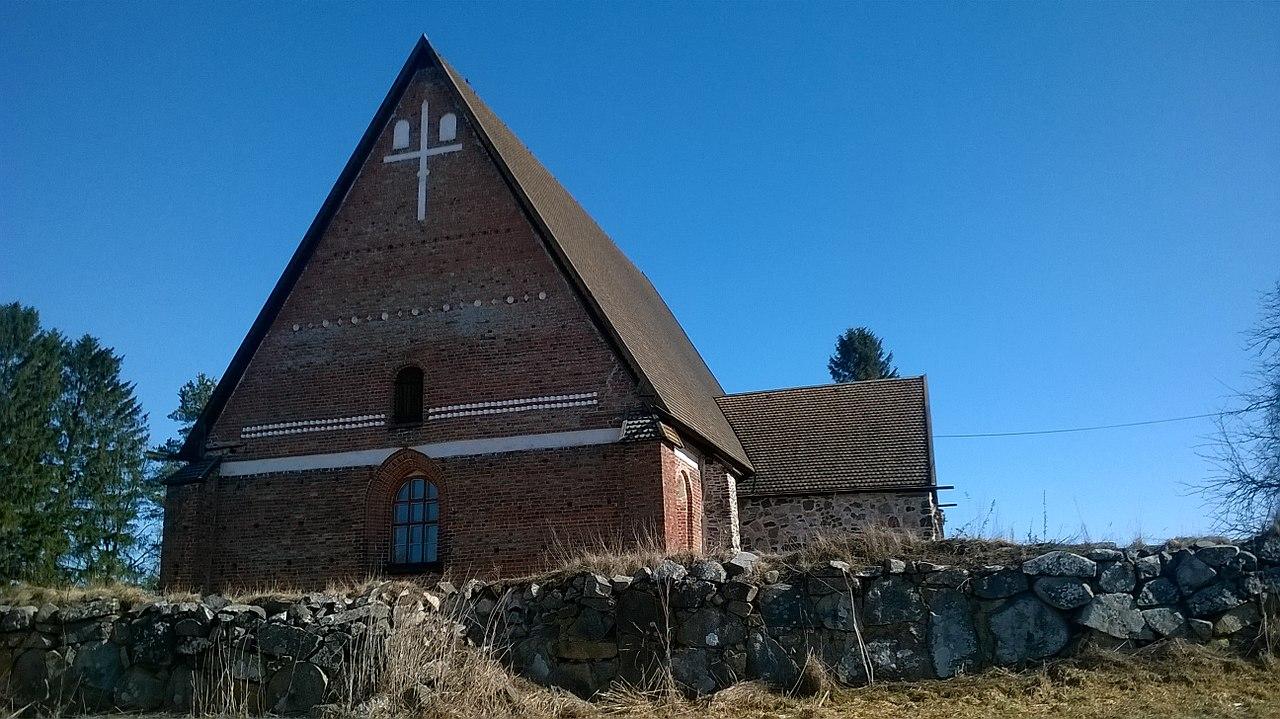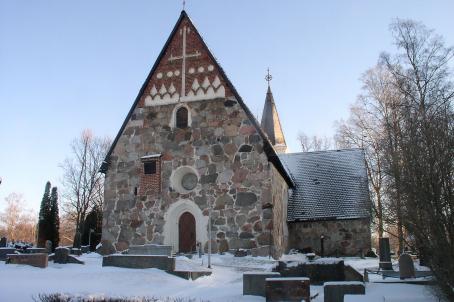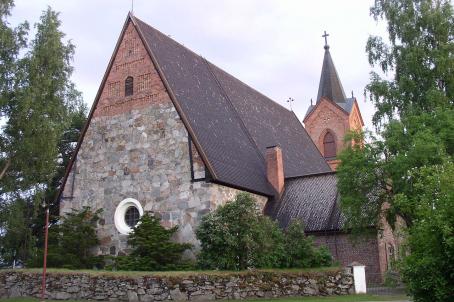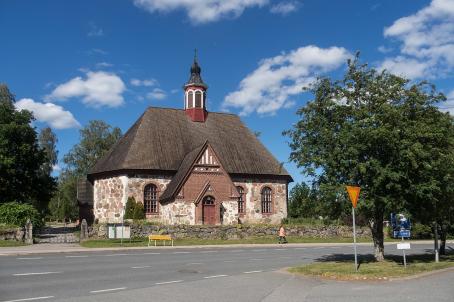Church of the Holy Cross
The Church of the Holy Cross, first mentioned in 1324, is the oldest church in the historical province of Tavastia. The present brick church is believed to have been completed at the end of the 15th century. The Church of the Holy Cross in Hattula and the Church of St. Lawrence in Lohja are the most important pictorial churches in Finland, and they are considered sister churches because of the richness of their paintings.






